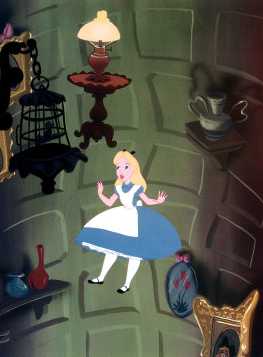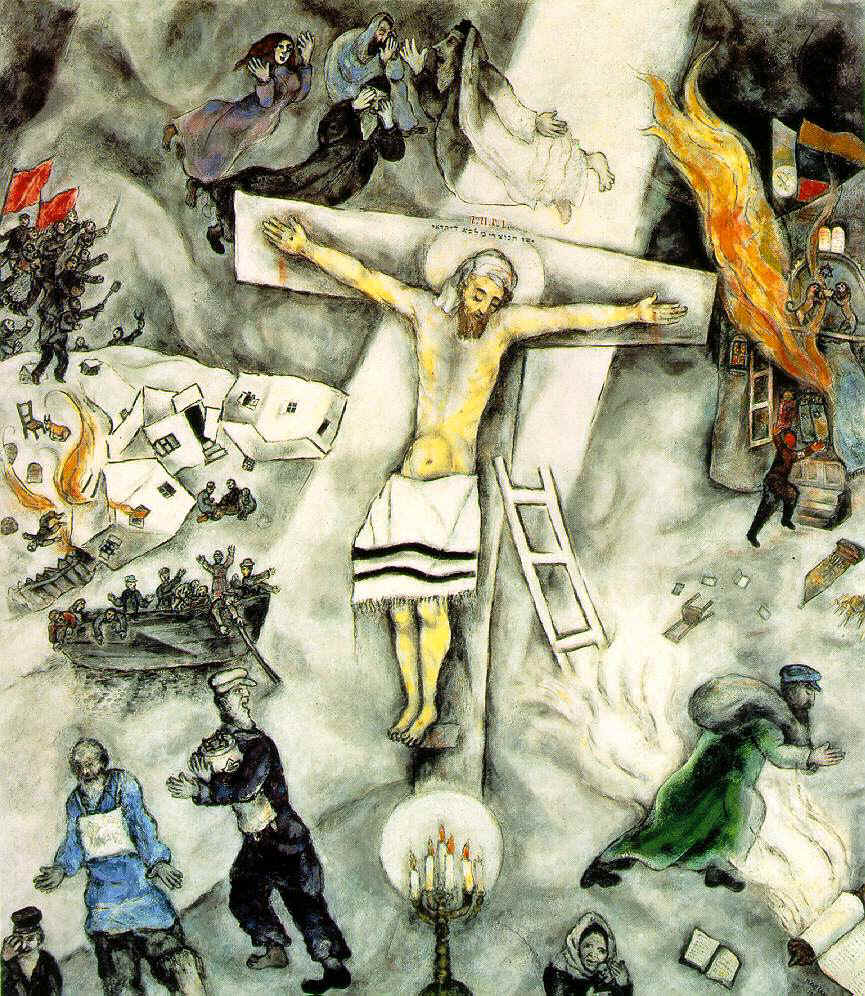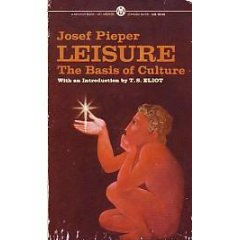
I thought I might create a little game out of my last post on The Secular Scripture. I am going to call it “The Stages of Descent-and-Ascent Contest.” The point is to encourage anyone out there–regular and occasional contributors, or silent visitors and lurkers of any kind (we’d like to her from you!), whether scholars, teachers (of elementary school and beyond), just plain avid readers and thinkers, amateurs of literature, ideas, and the imagination–to take a look at the stages of descent and ascent (which I will post again here), and comment with any examples you can think of from literature (which includes plays and most definitely film and television as well) of the different stages I have sketched out in my summary. Feel free to elaborate on any examples you come up with, to develop or explain their particular significance. Also, any discussion, corrections or refinements of the scheme I have come up with are equally welcome.
And don’t worry if some of the examples you come up with happen to be ones Frye uses himself in The Secular Scripture or elsewhere (such as Words with Power where an analogous scheme is at play in the second part of the book). In fact, it would be helpful, since his range is so great, to know of good examples from his other writings, published and unpublished.
But the real fun is often in discovering examples in literature and film where you might not have expected.
I call it a contest, but it is really a co-operative game, and an ongoing research project, one that I have often played with my students when we read The Secular Scripture. The results are always stimulating, and invariably validate Frye’s remarkable insight into literature. Eventually, I’ll compile them and post the results.
Here, again, is the descent/ascent scheme:
STAGES OF DESCENT:
Stage One (Departures from identity, turning on a loss of status, cognition, amnesia, or break in consciousness of some other kind):
Displaced or mysterious birth, hence removal from rightful parents
Mother and child threatened in various ways: shrouding and hiding of mother, flight and exile, birth in secrecy, oracular announcement to frighten the father or father-figure
Wrath of a god (or surrogate figure in fiction), usually incurred by boastfulness
Usurping of reason by passion, as in jealous, irrational anger, or in rash vow
Amnesia through drugs, love potions, catalepsy, etc.
Break in consciousness of some other kind: traumatic event that leads to a dramatic change in status, mental state, or identity
Falling asleep, entry into a dream world, forest (pursuit of false identity), close to metamorphosis or enchantment theme







